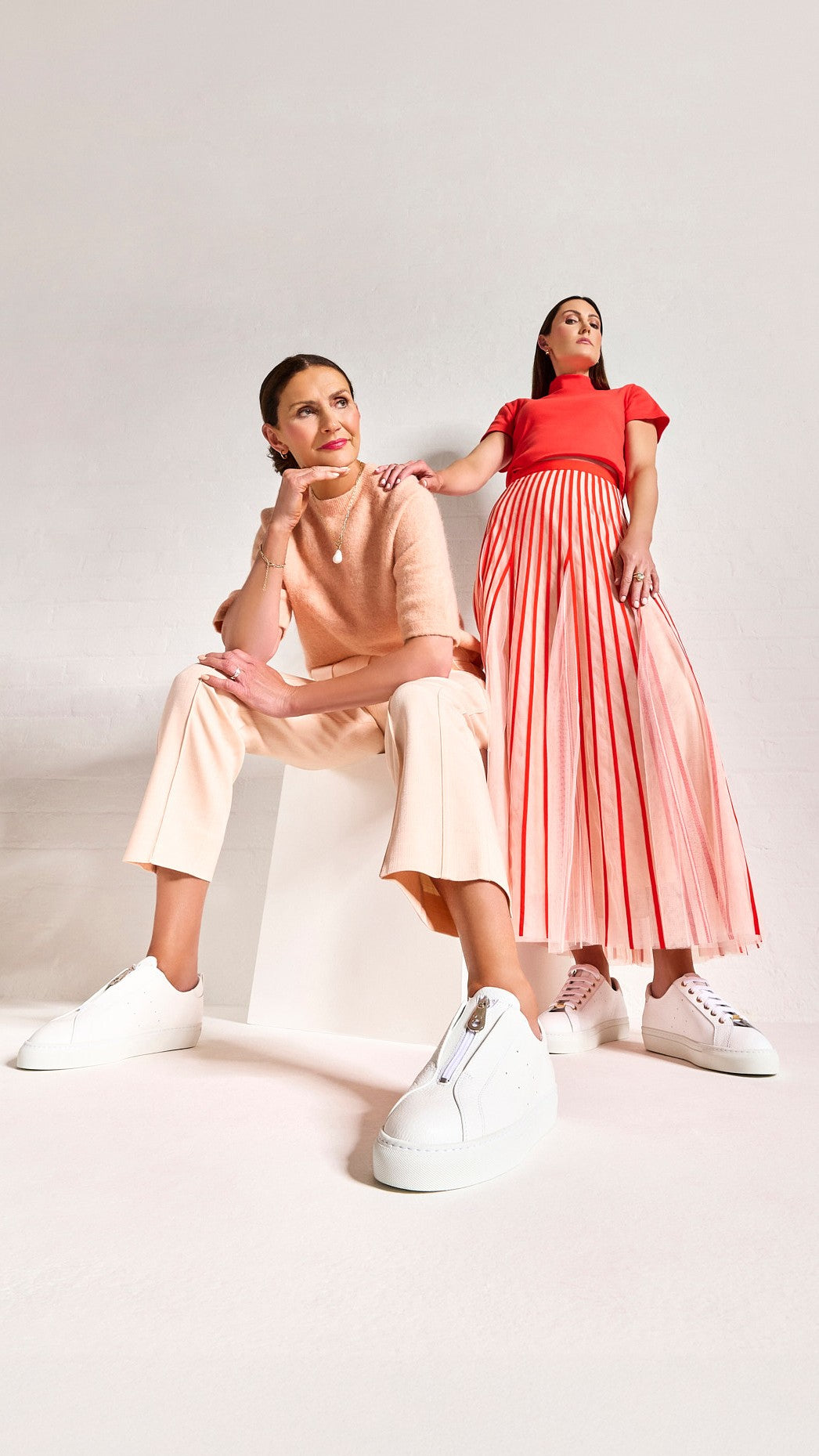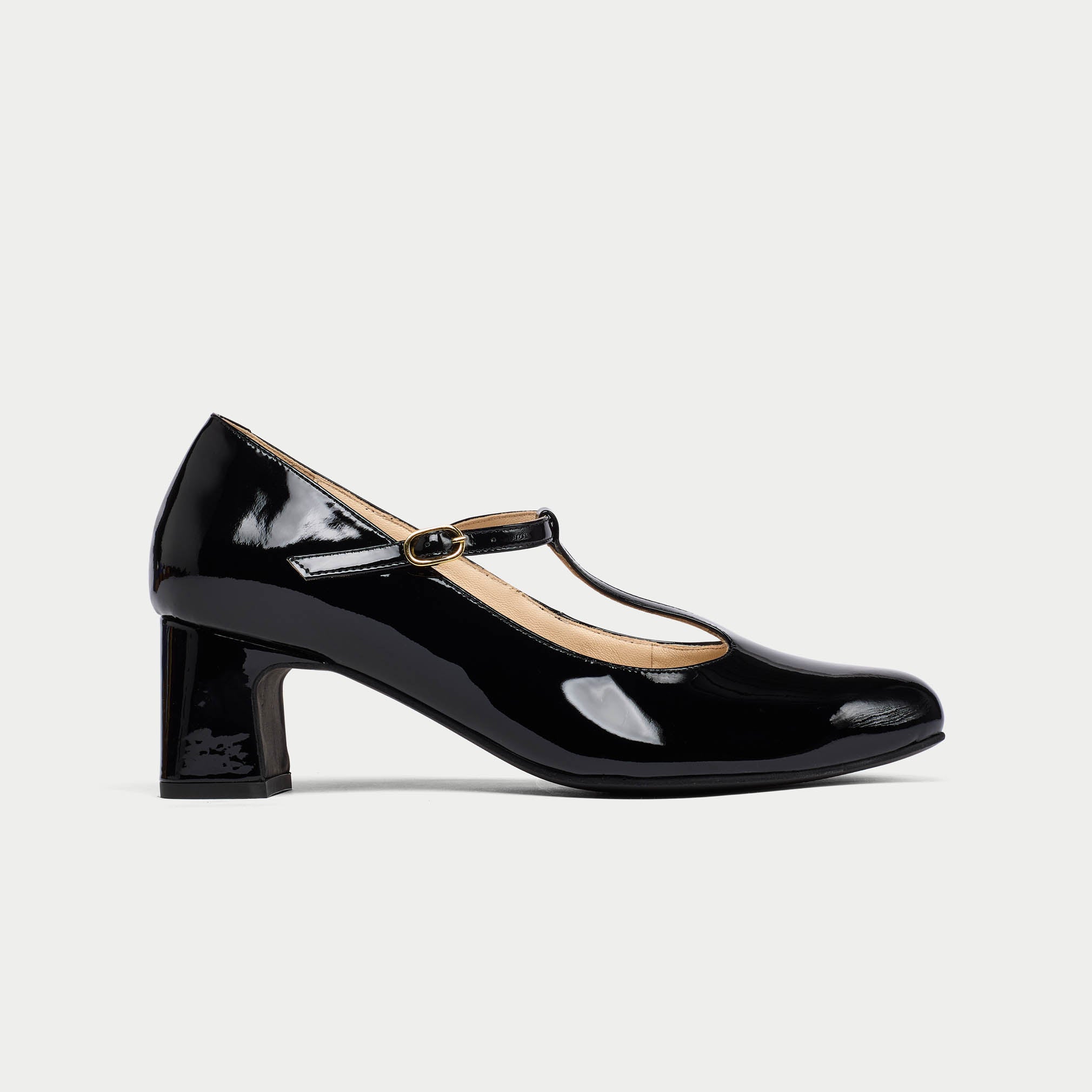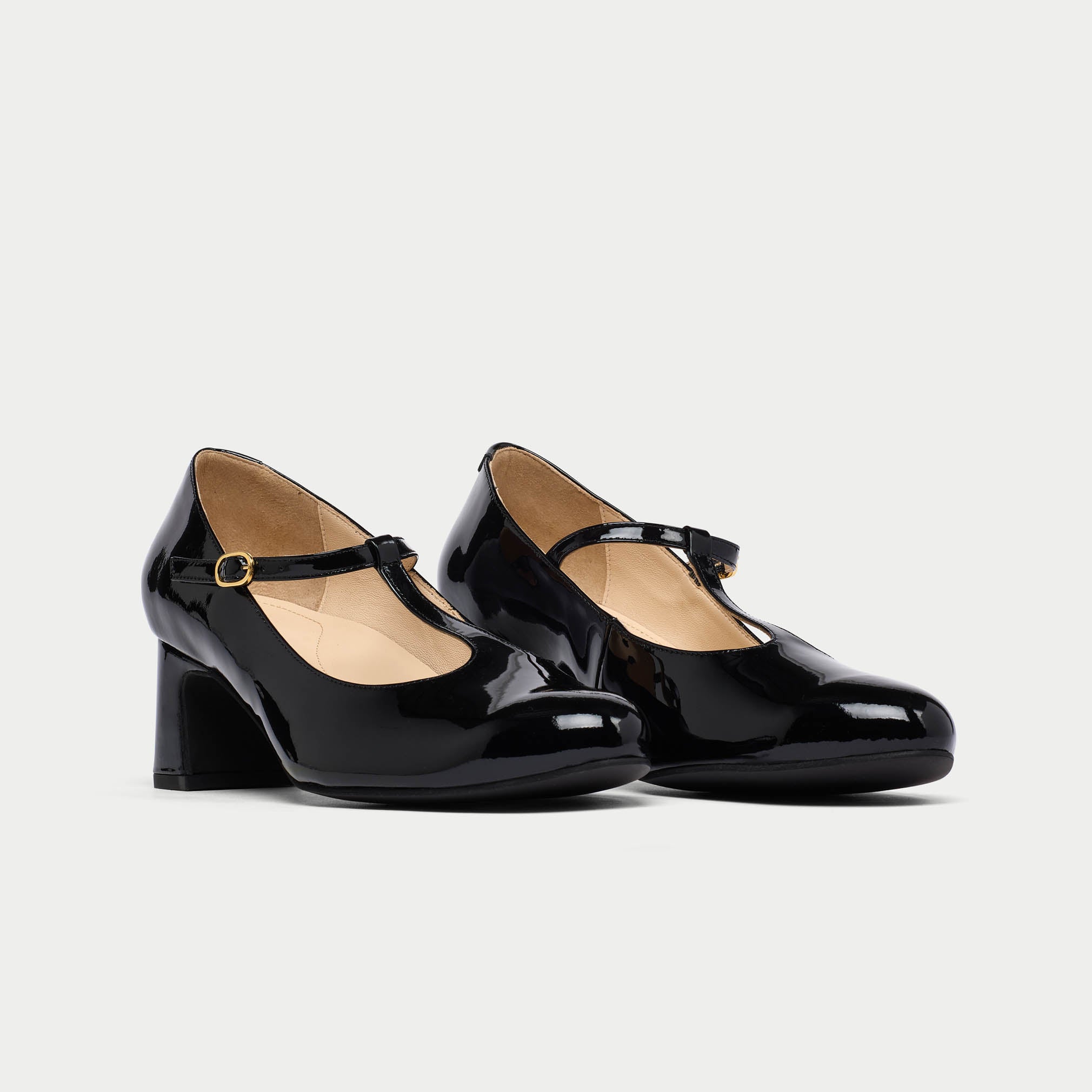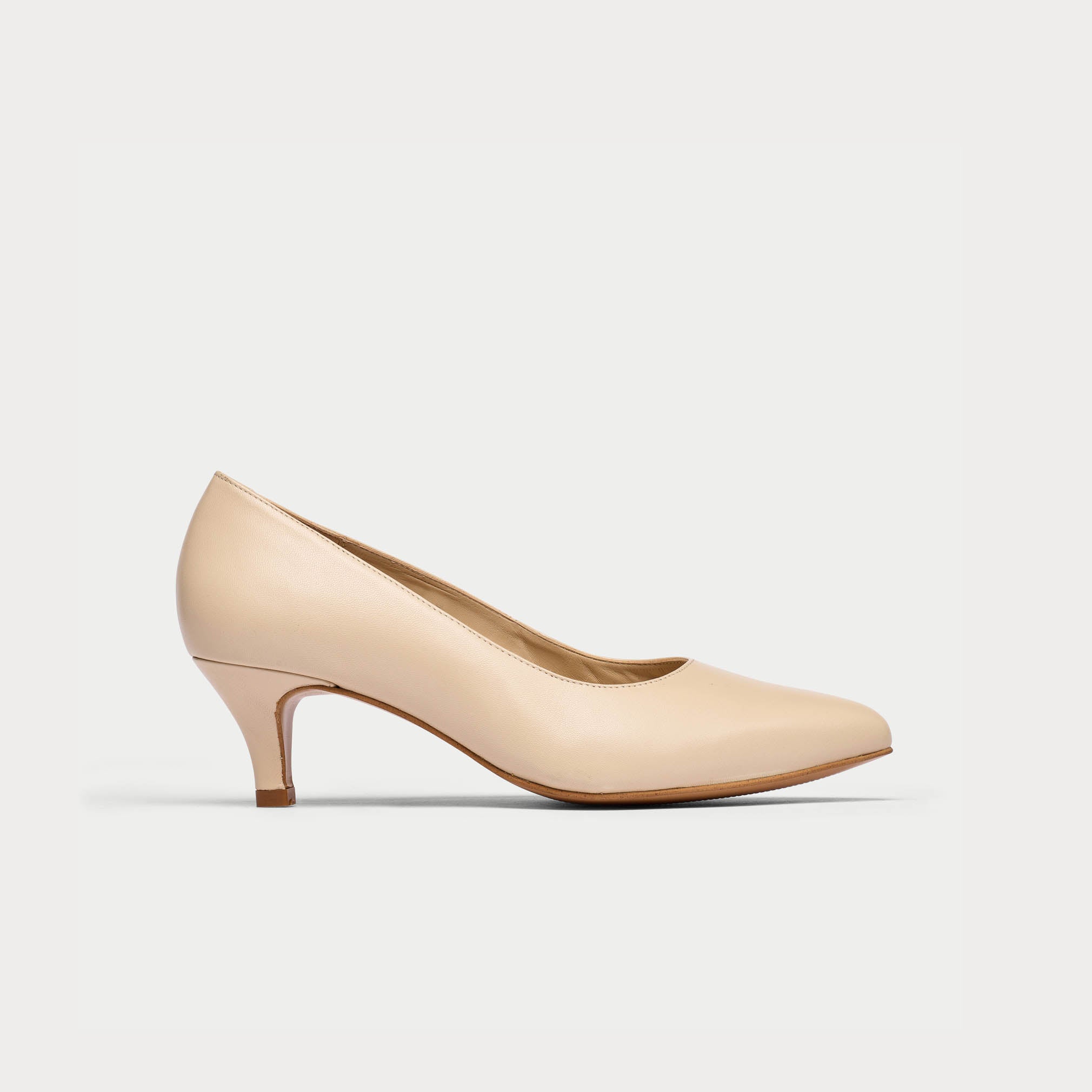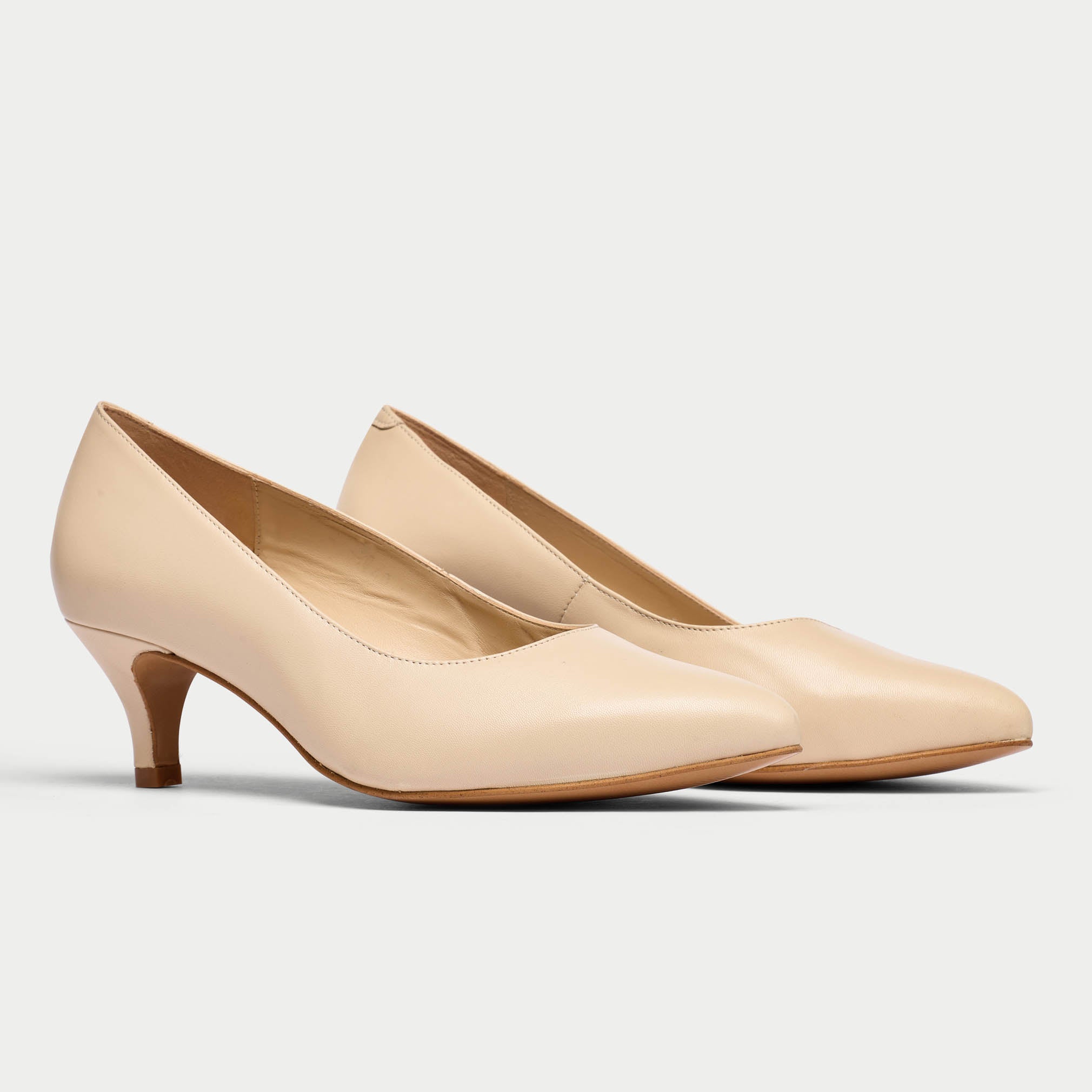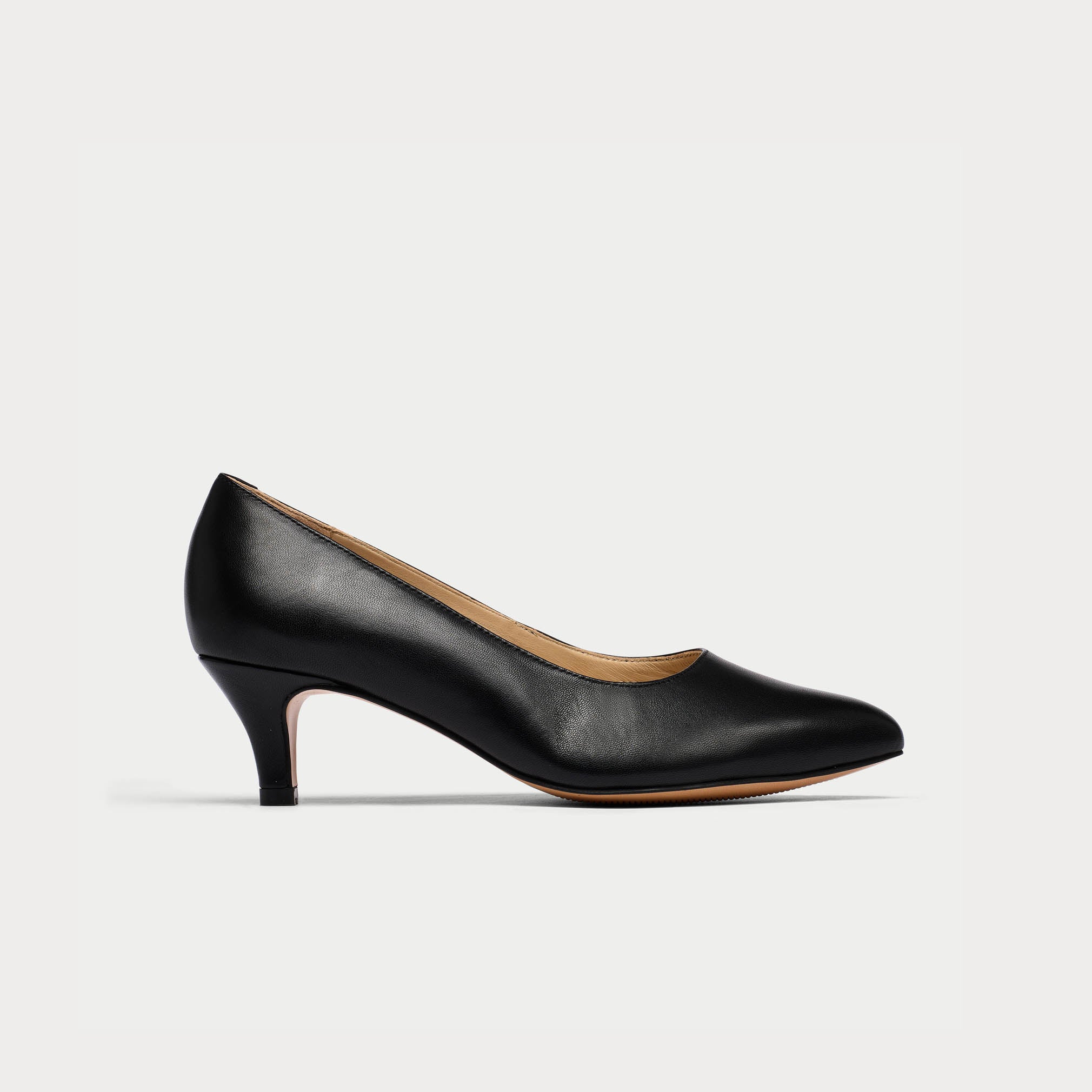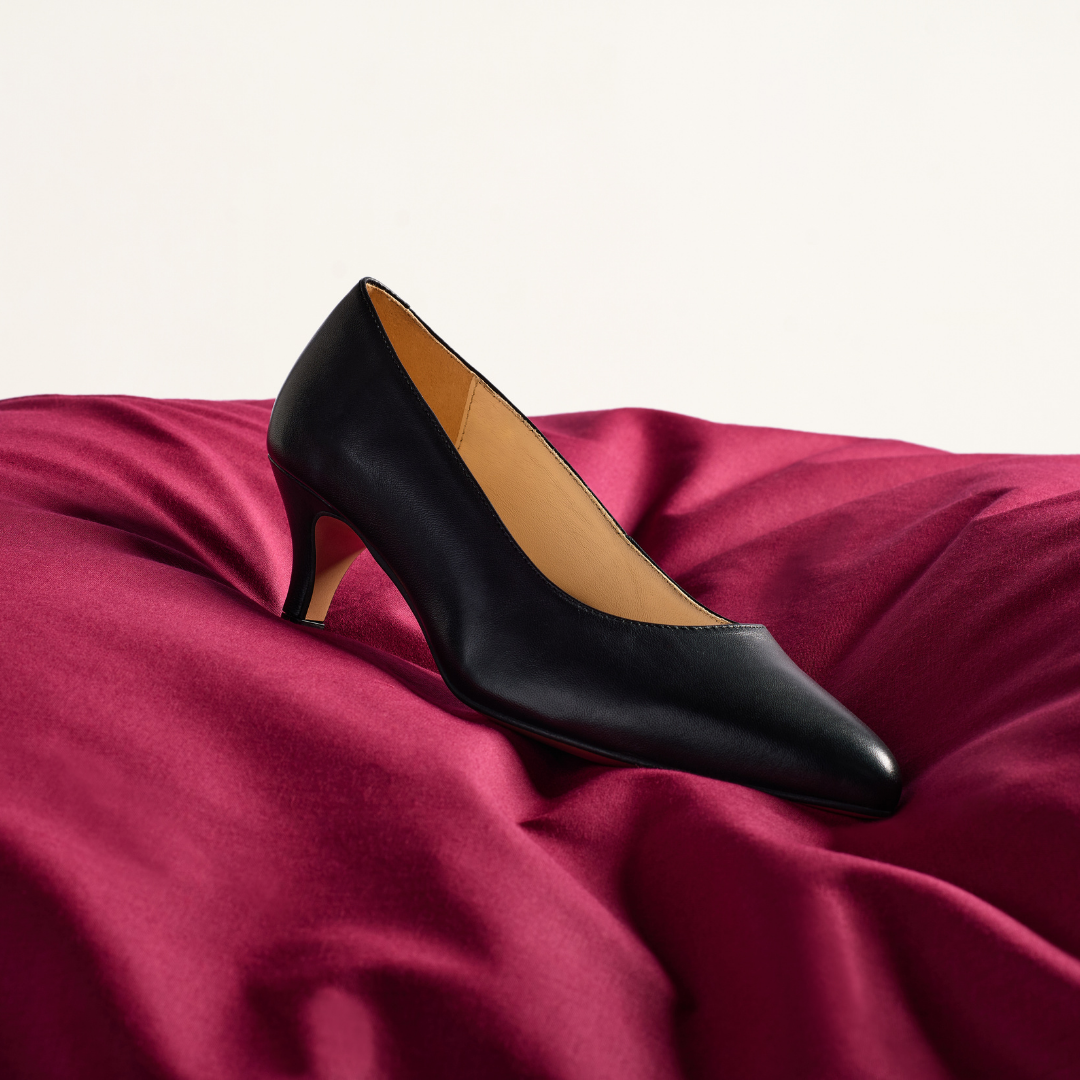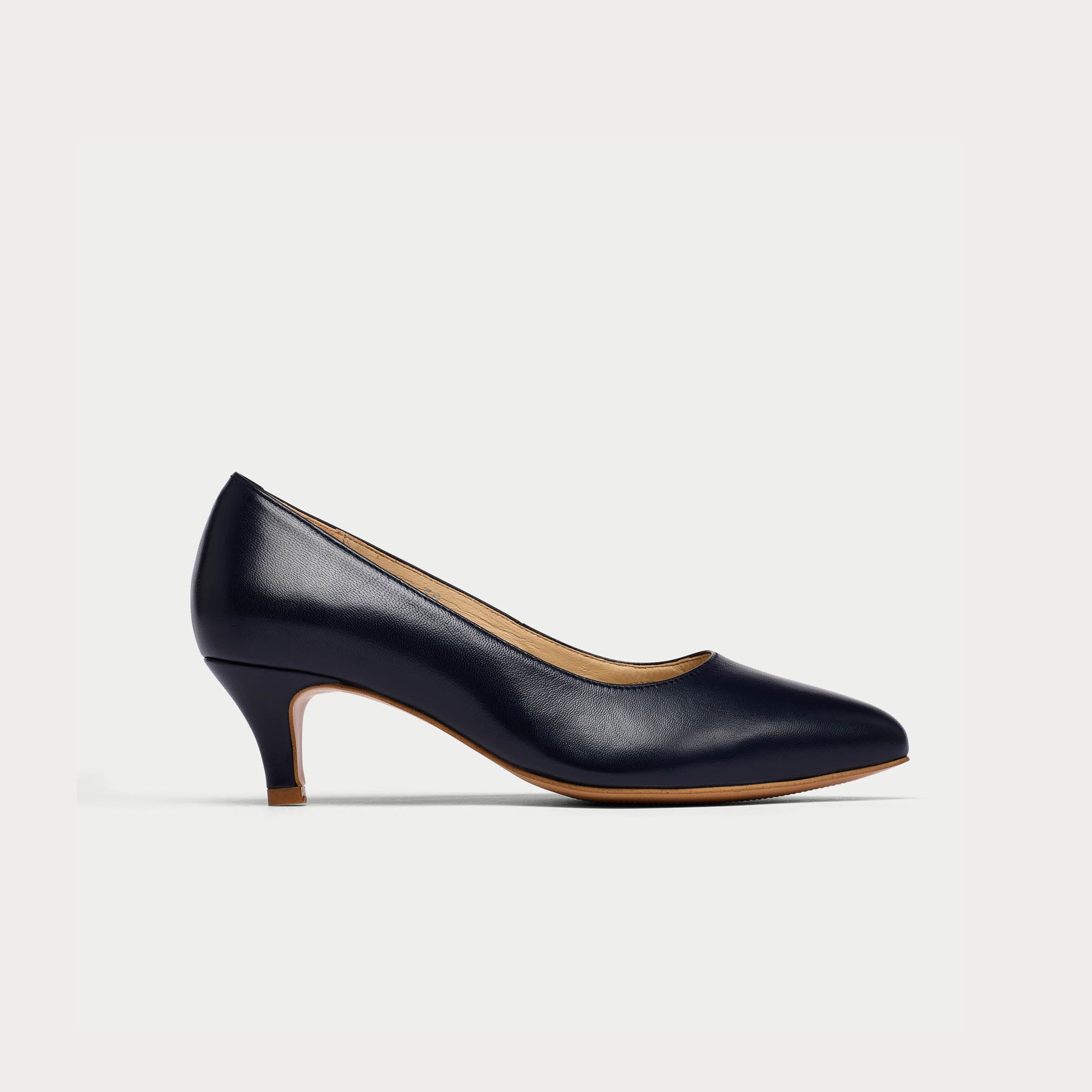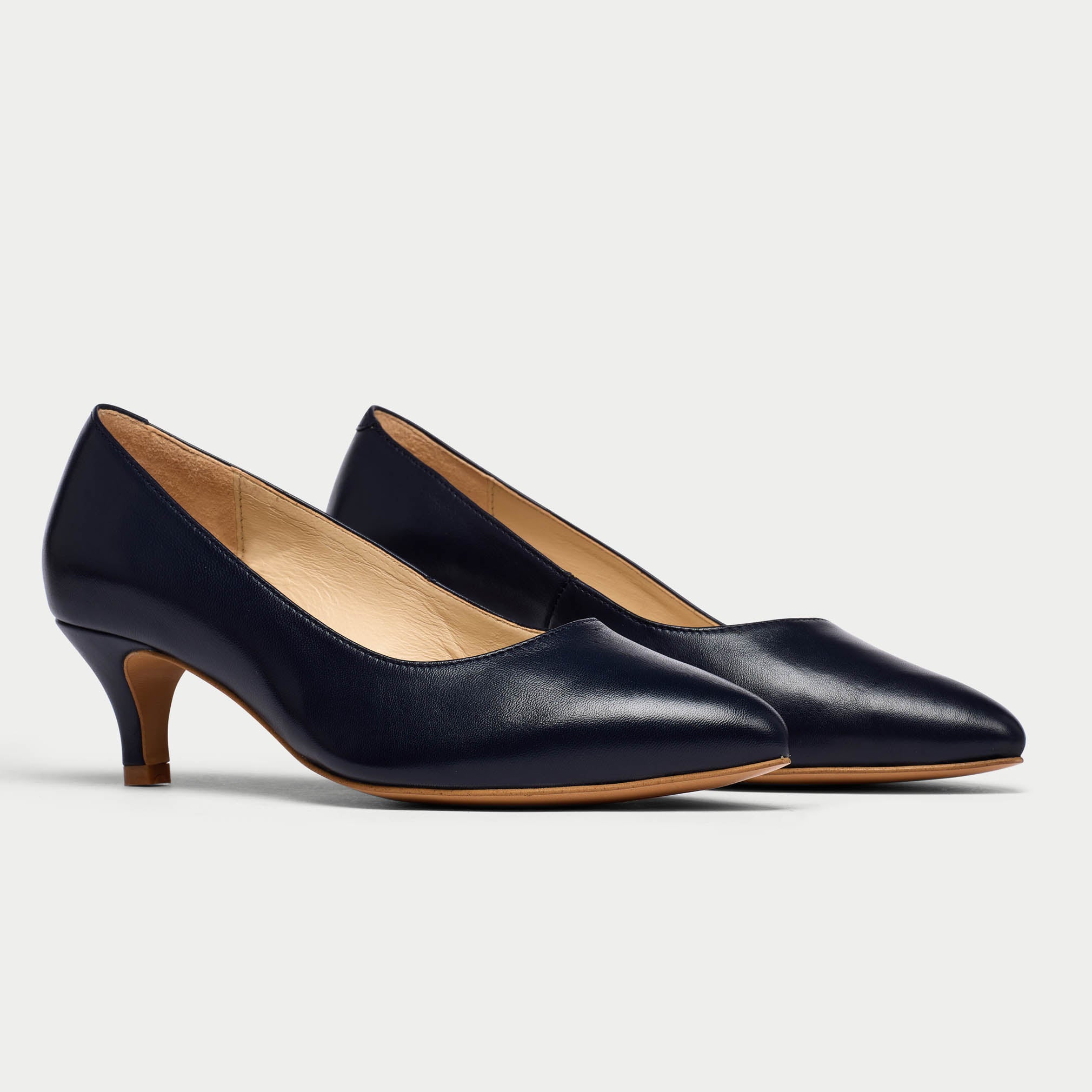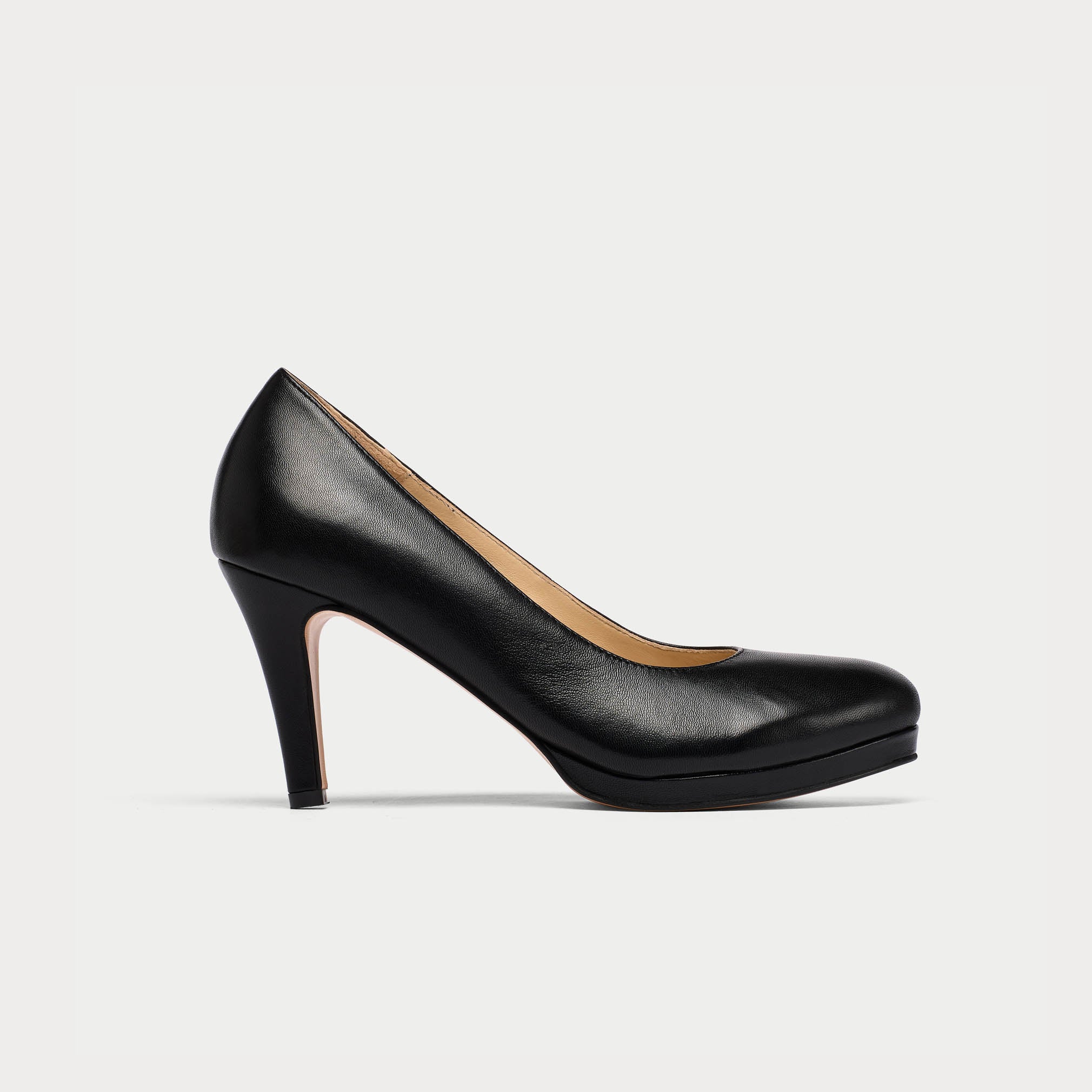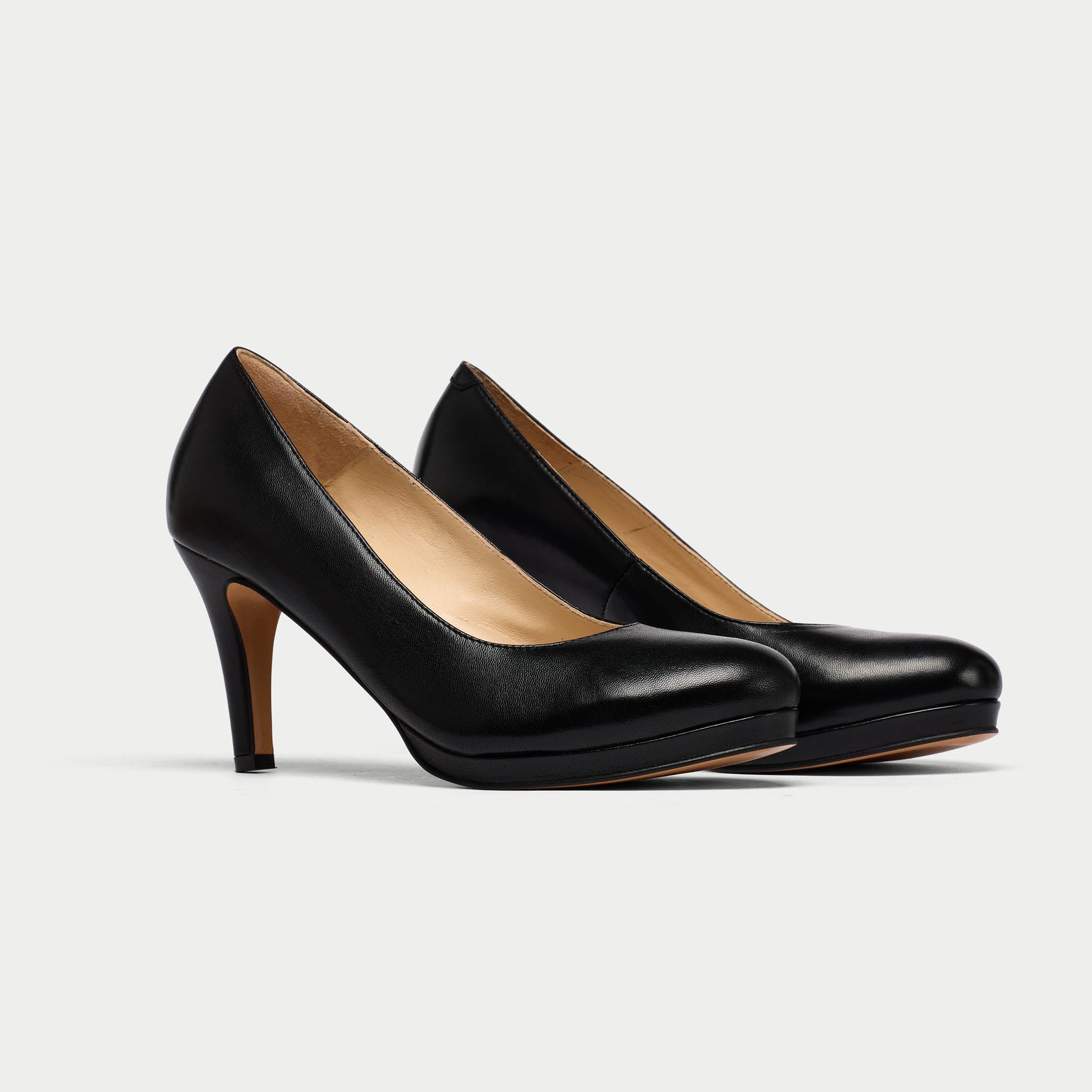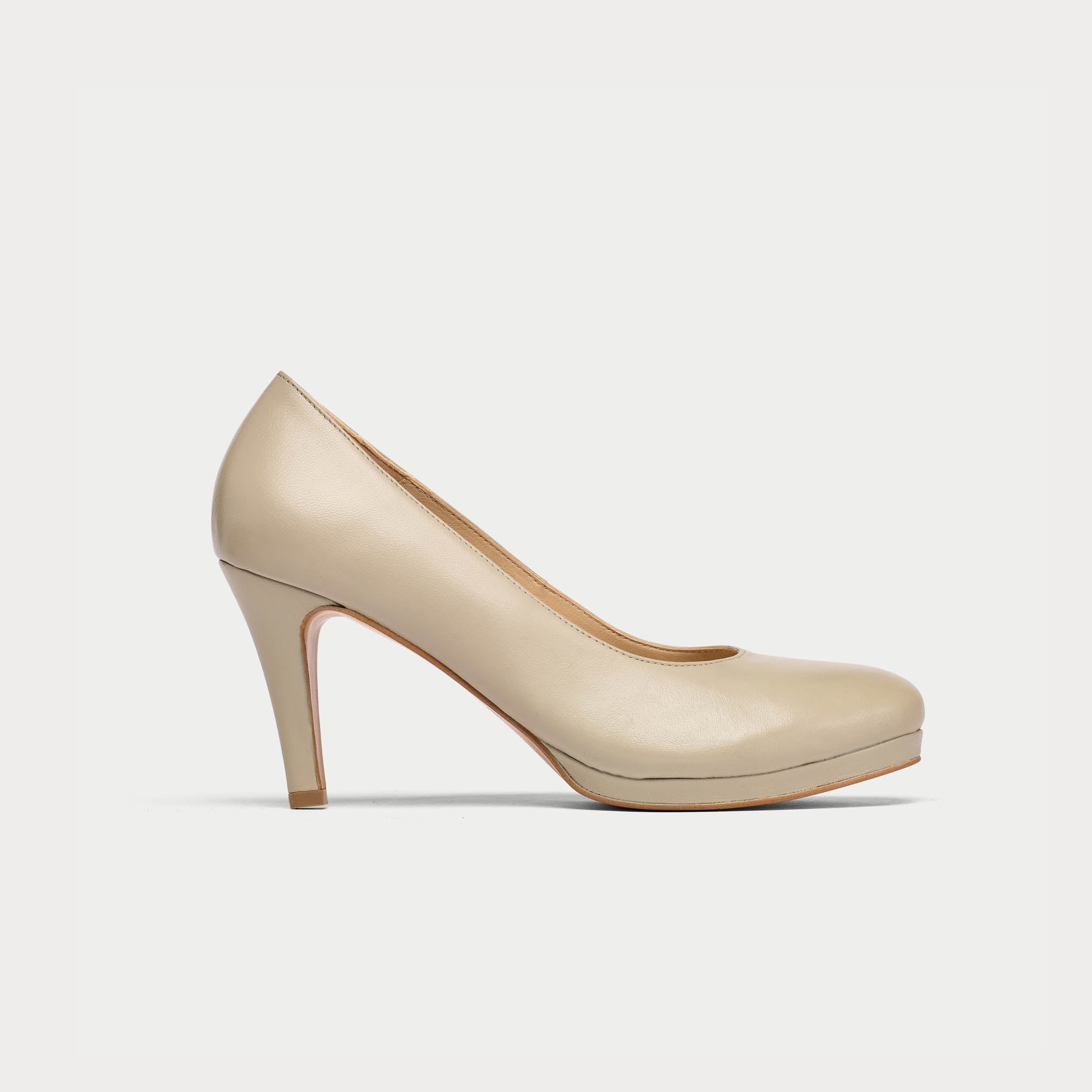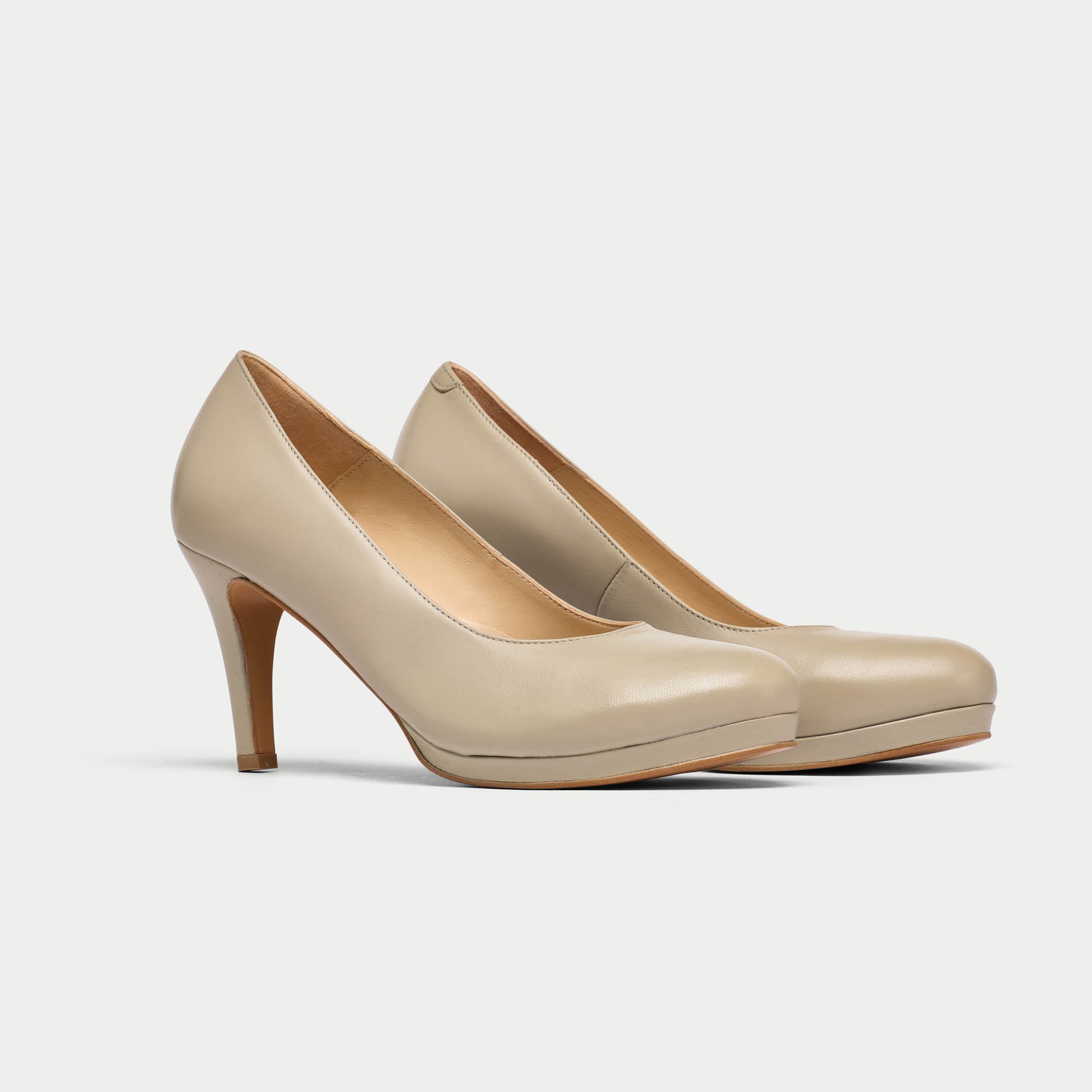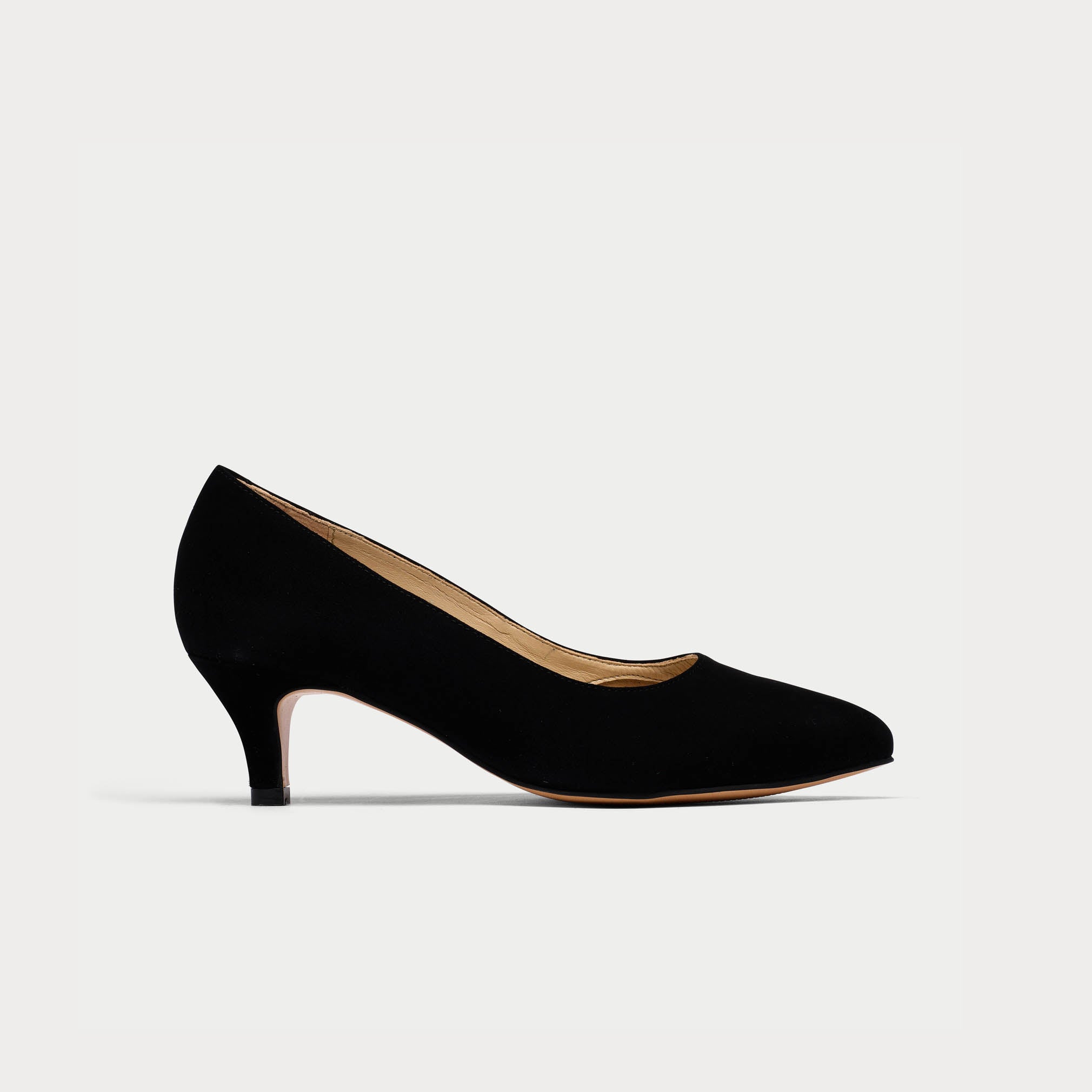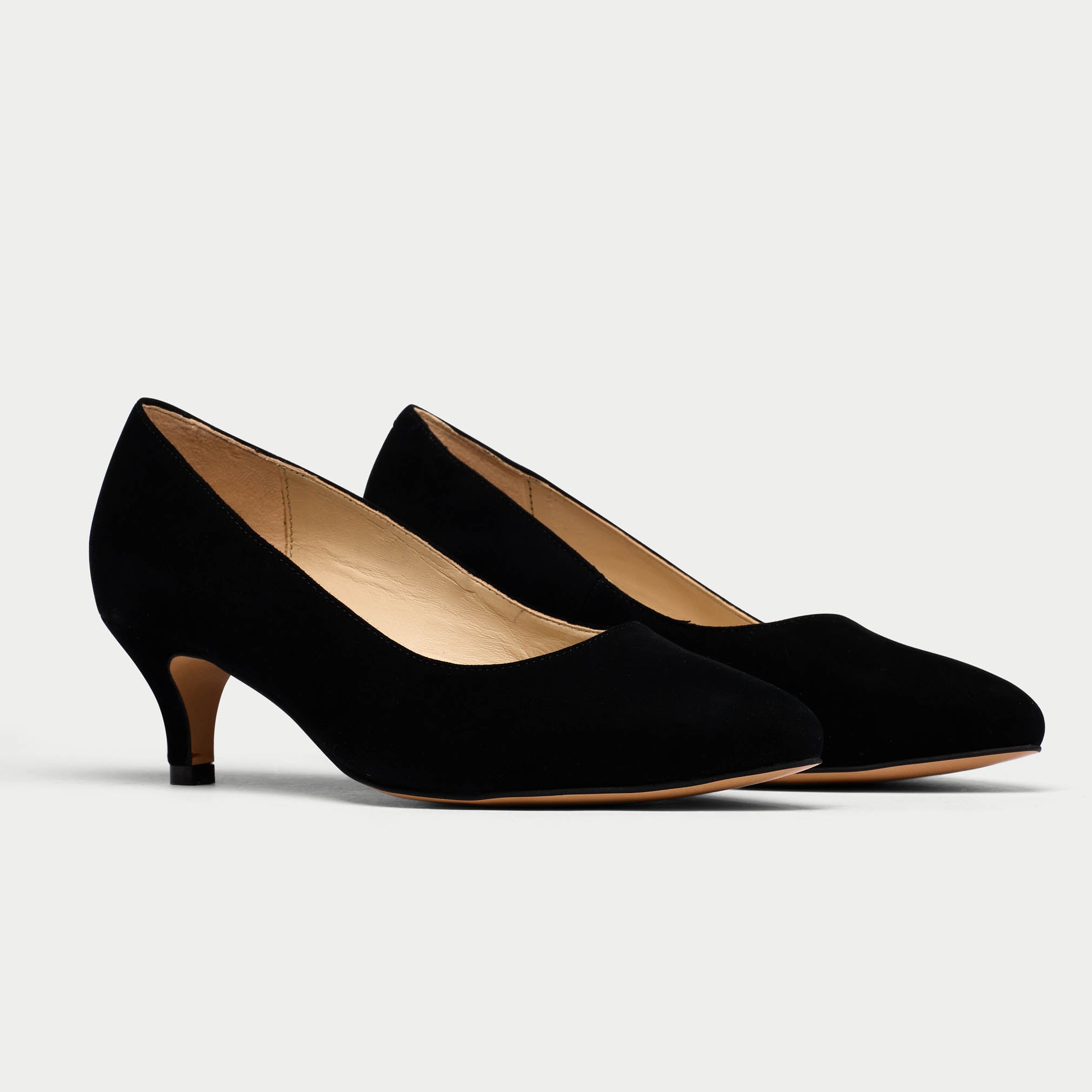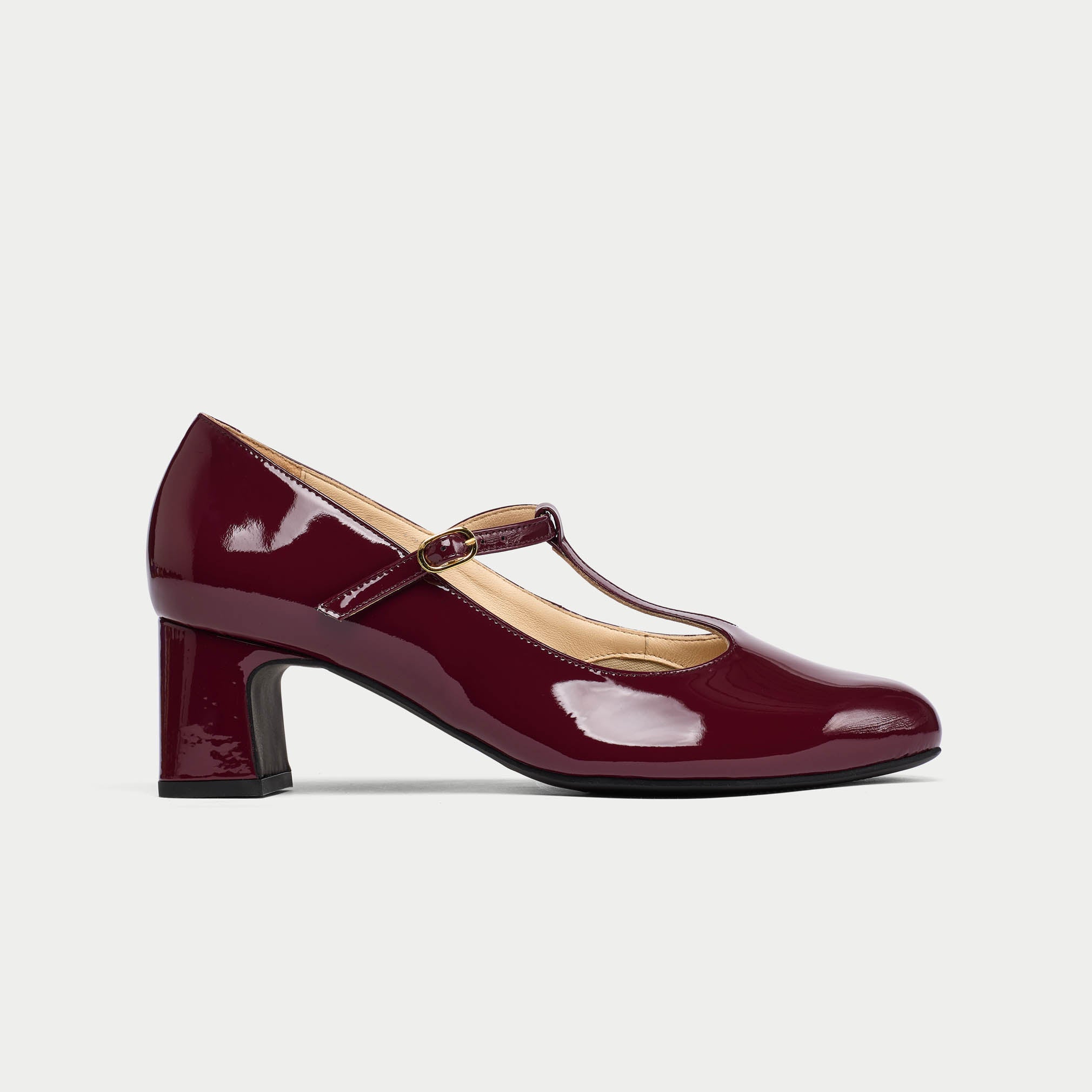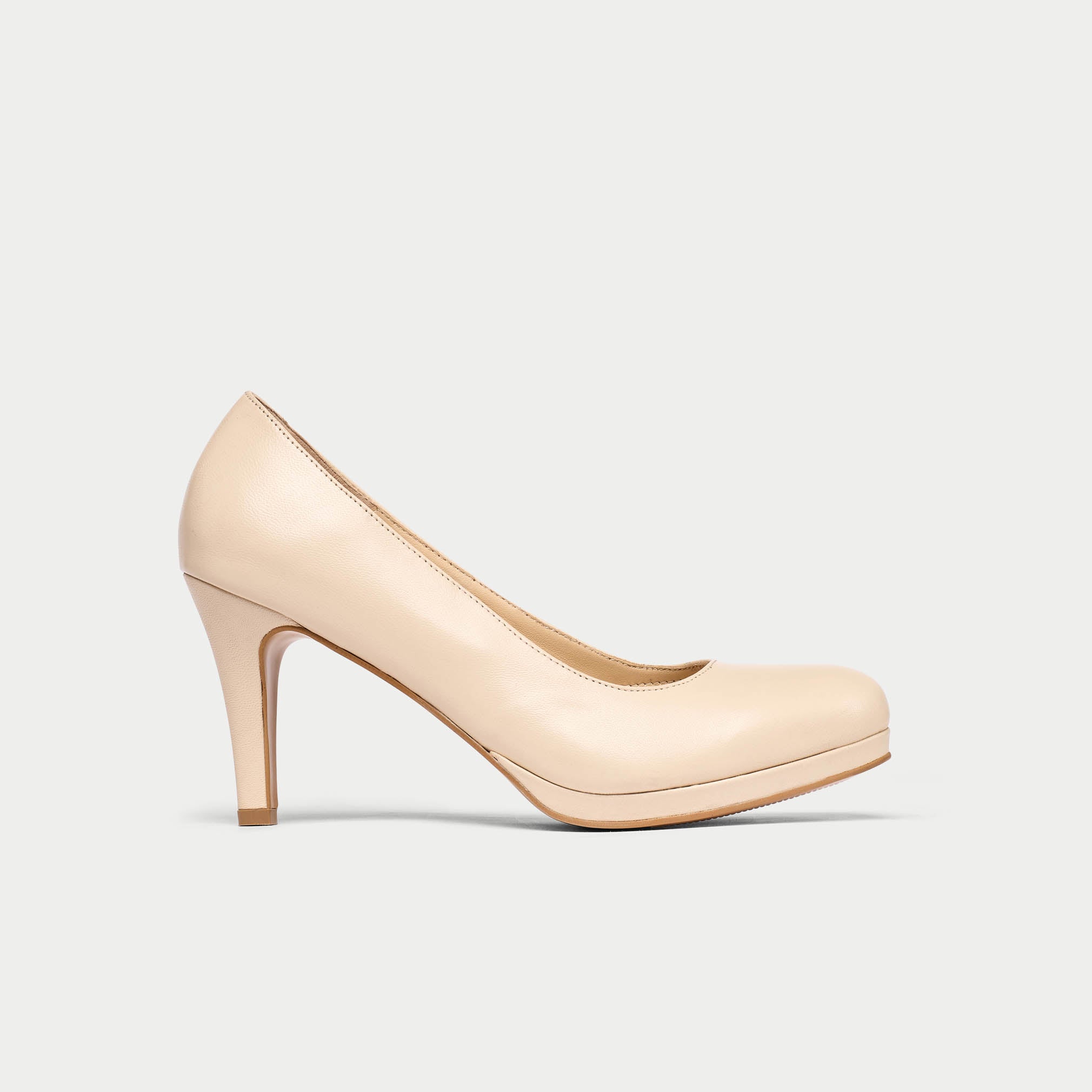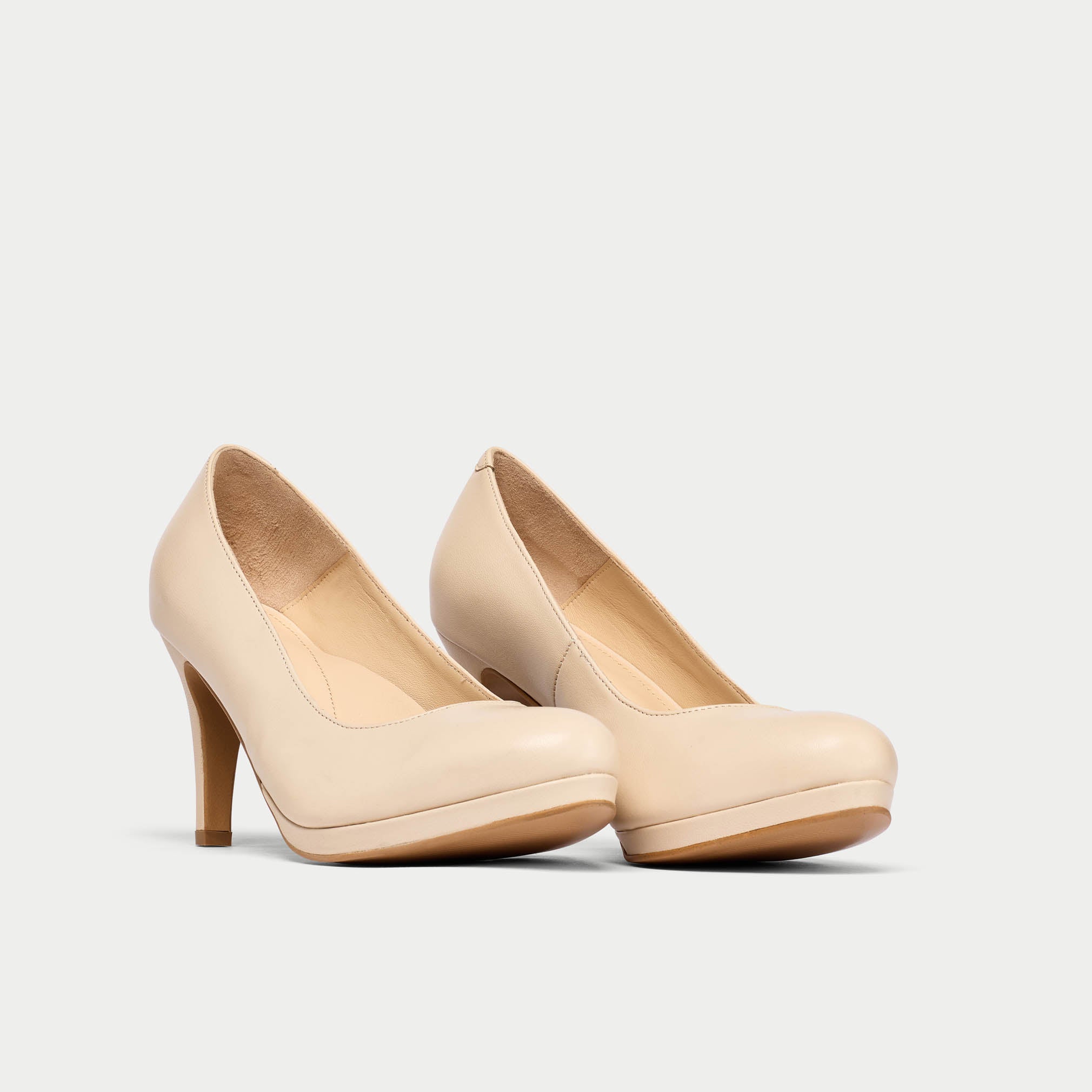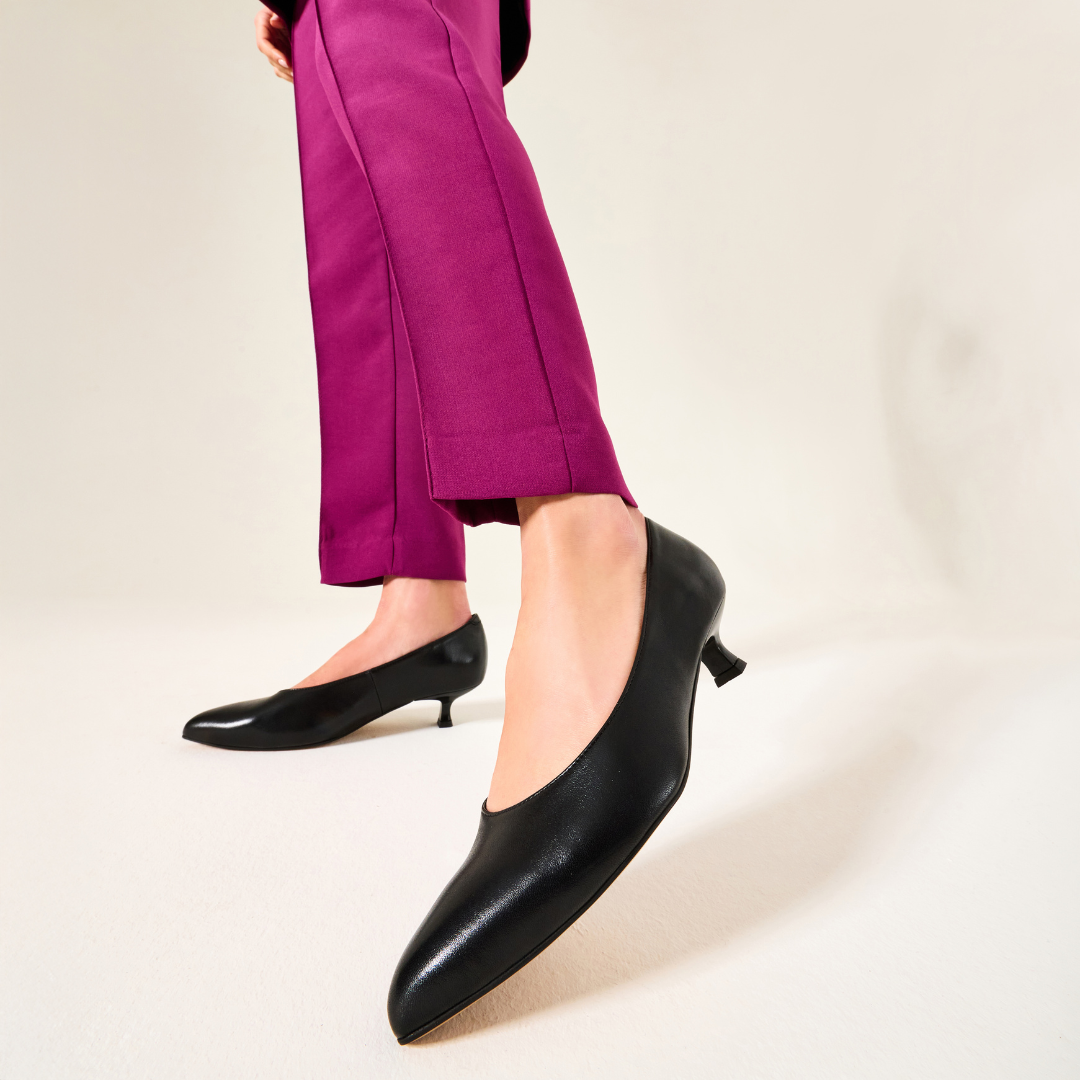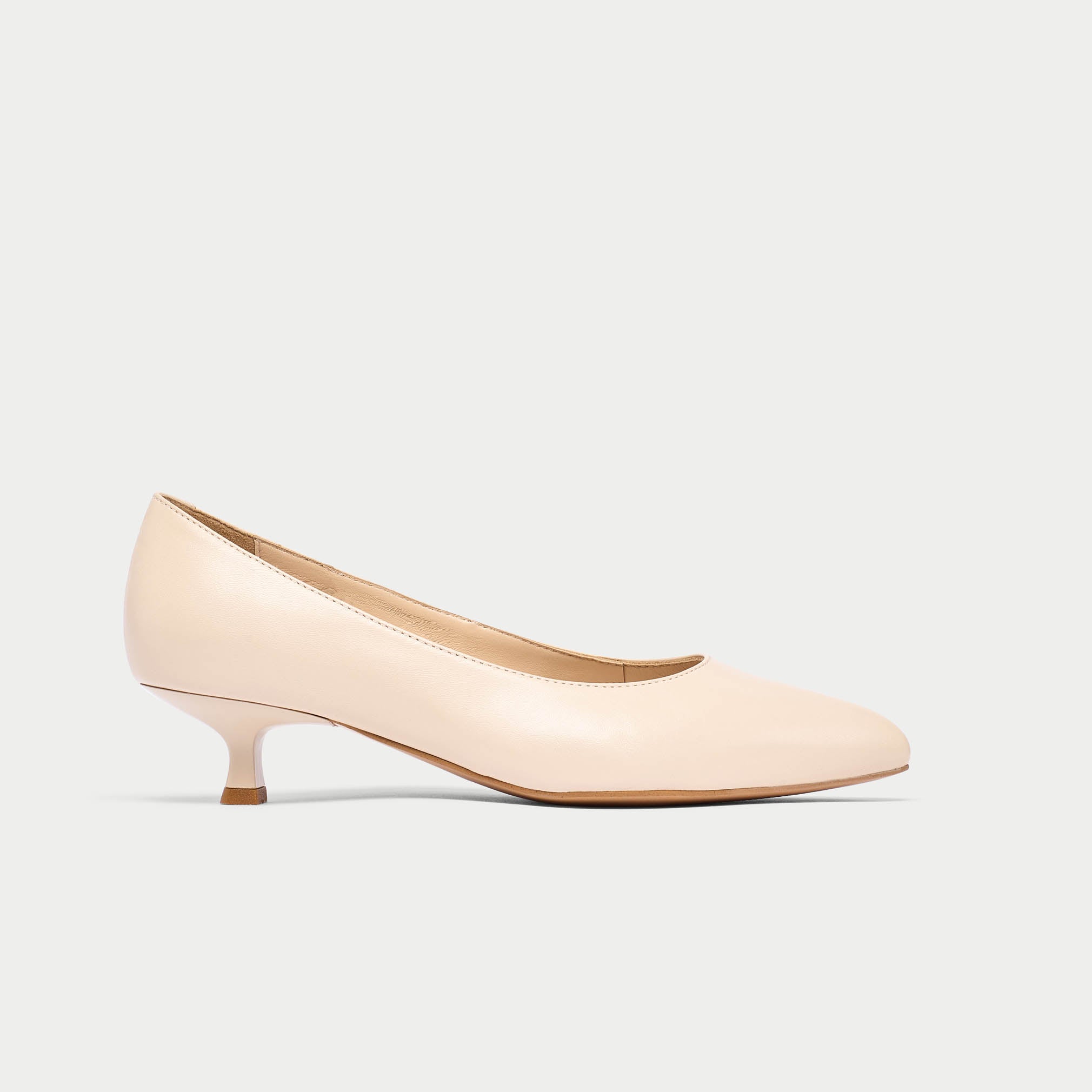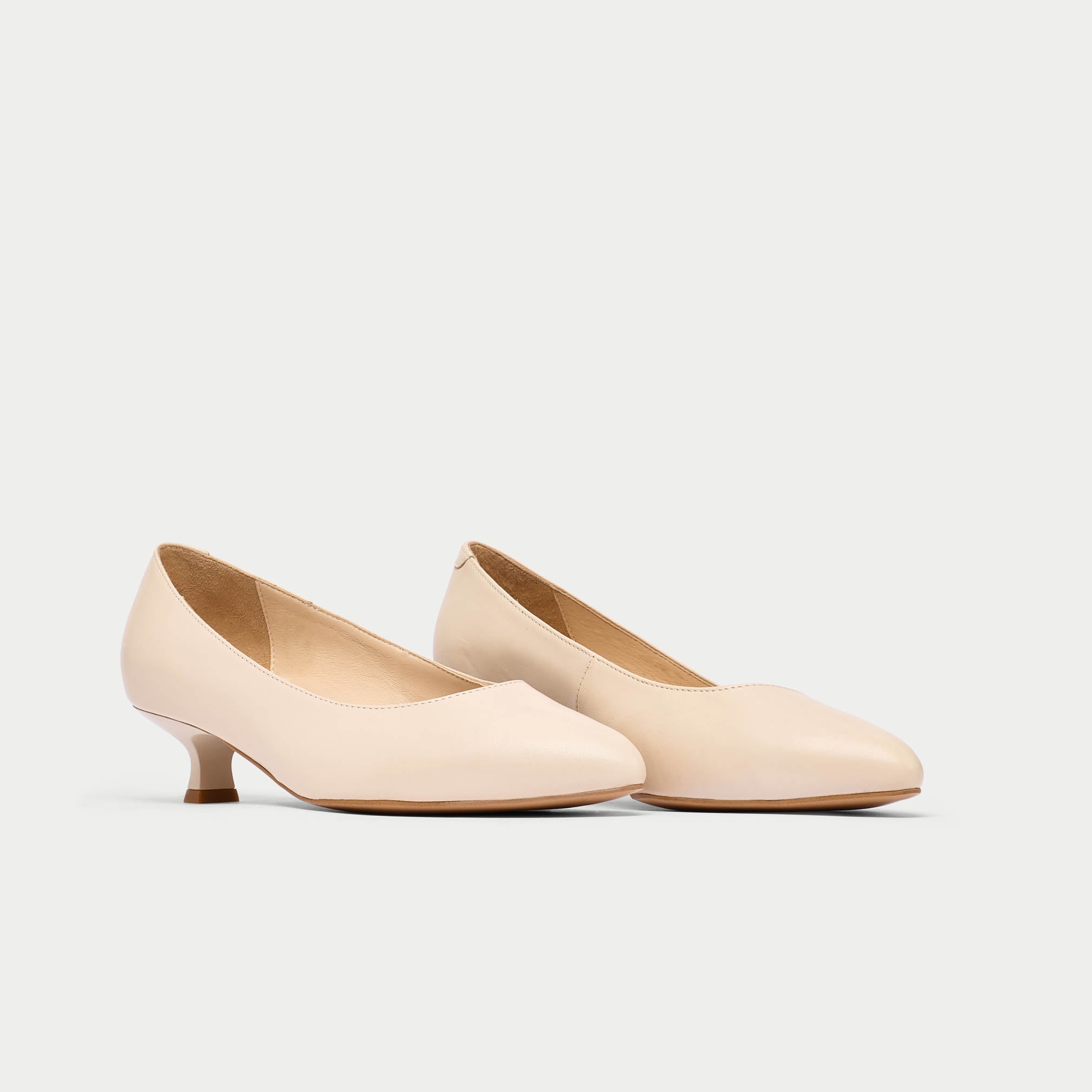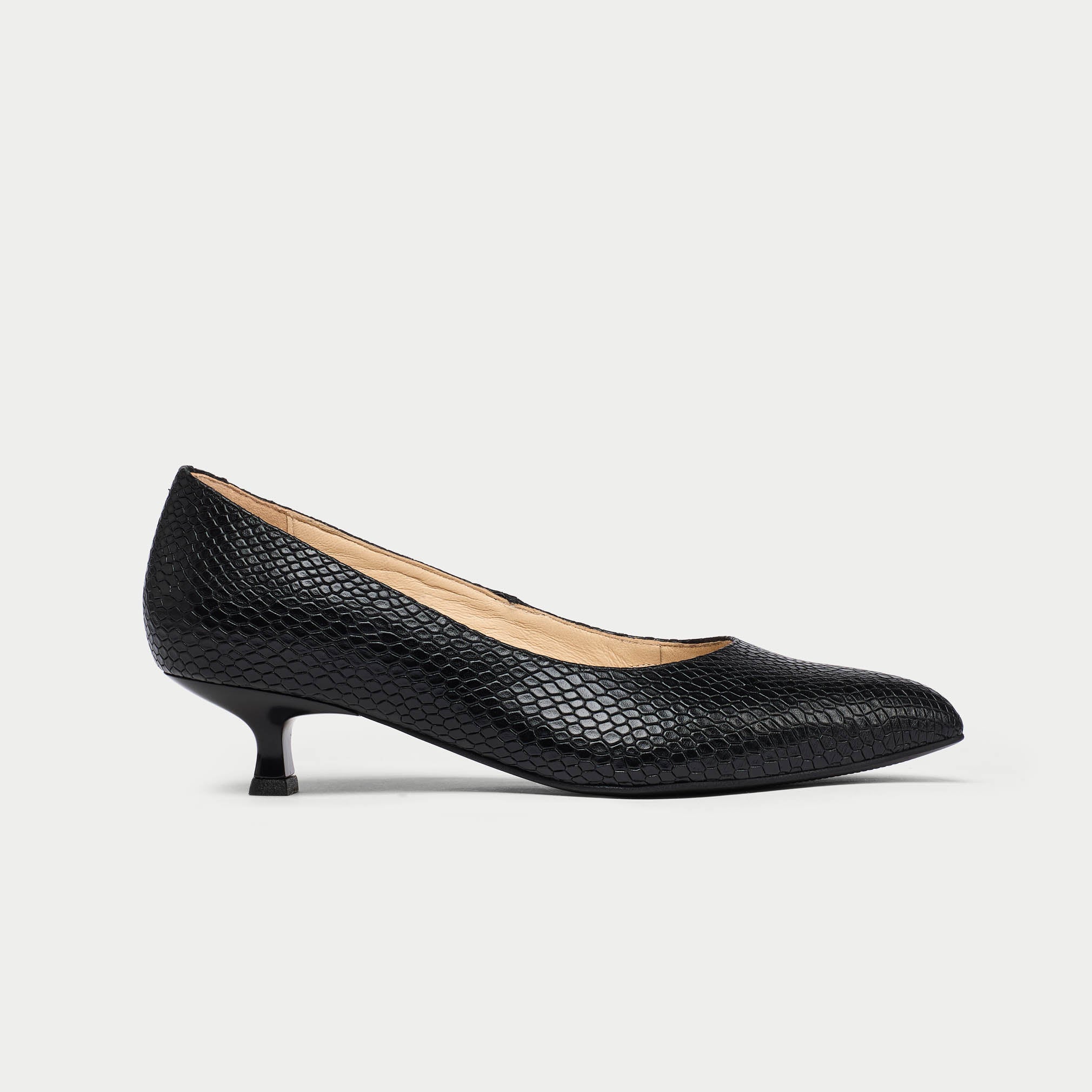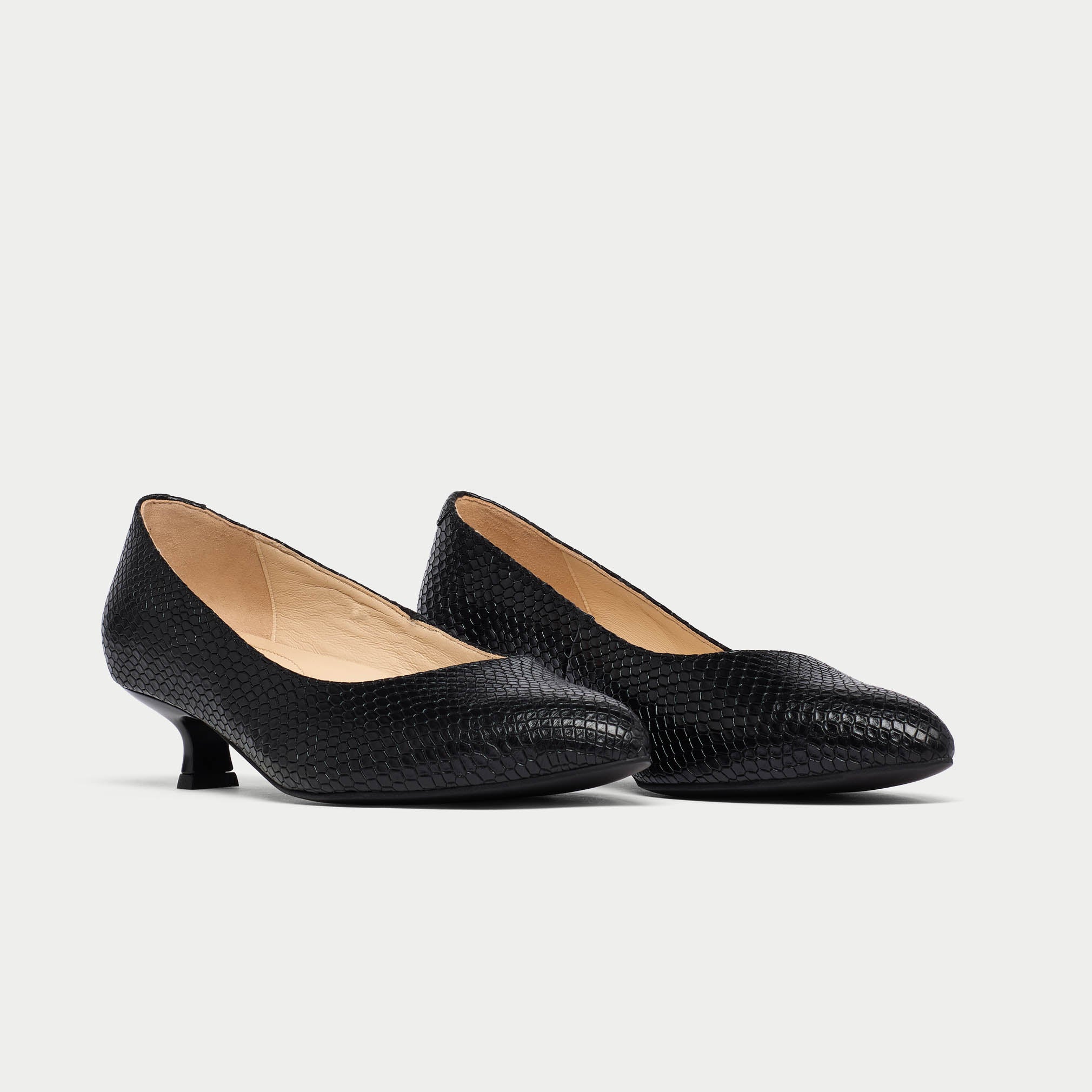Filters
Shop 12 Calla Wide Fit Court Shoes Products
Ava - Light Beige Leather Courts
Ava - Black Leather Courts
Ava - Navy Leather Courts
Sophia - Black Leather Courts
Sophia - Neutral Leather Courts
Ava - Black Suede Courts
Lorette - Cherry Patent Leather Courts
Sophia - Light Beige Leather Courts
Claudia - Black Leather Courts
Claudia - Light Beige Leather Courts
Claudia - Black Croc Leather Courts
-
How are Calla court shoes designed for a comfortable wide fit?

Calla court shoes are built with more width and depth across the toe box, giving your toes the space they need to relax inside the shoe - not sit squeezed or elevated.
A supportive insole, flexible leather uppers, and secure heel shape help maintain comfort throughout the day, while a discreetly generous forefoot area works beautifully for wide feet and women who prefer a little extra room at the front.
Our courts feel elegant, supportive, and effortless from the moment you put them on.
If you’re unsure of your size or fit, our friendly team is always happy to help at hello@callashoes.co.uk.
FAQs

Are these court shoes wide fit?
Yes. All Calla courts offer a naturally wide toe box with additional volume across the front of the shoe.
Most styles fit EE to EEE width in the forefoot, while maintaining a more standard fit at the back, so your heel stays secure without slipping.
It’s the perfect blend of roomy comfort and refined silhouette.
What makes Calla court shoes good for wider feet?
We design around real feet.
Our styles offer:
- A wider, deeper toe box
- Soft leather linings that flex with your foot
- Cushioning and arch support
- Thoughtful shaping that avoids pressure points
This makes them ideal for women who need extra width or who simply want a court shoe that doesn’t pinch or rub - even after hours of wear.
Do Calla court shoes have a wide toe box?

Yes - every pair is crafted with a rounded or almond-shaped toe box that offers more space than traditional high street courts.
This roomy design helps prevent pressure on the toes and keeps your forefoot comfortable, even with extended wear.
It’s also naturally kinder if you have slightly sensitive areas, such as mild bunions or swelling, without making the shoe look “wide.”
Do you stock extra wide fit shoes?
Yes.
Styles such as Ava, Lorette, Sophia, and Claudia are crafted with extra width (EE–EEE) in the forefoot, while still maintaining a sleek, elegant look.
If you need help choosing the right style for your level of width or toe sensitivity, our team is always happy to guide you.
See all wide fit shoes here.
What heel heights do Calla shoes come in?

We offer a full collection of wide fit heels to suit your preference and comfort level:
- Low heels (1–2 inches)
- Kitten heels (around 5 cm)
- Mid heels (5–7 cm)
- High courts with a supportive platform
Whether you love a refined stiletto, a classic block heel, or a soft almond toe, there’s a comfortable fit waiting for you.
See all our wide fit heels here.
Are these styles suitable for long days or events?
Yes.
Thanks to cushioned insoles, arch support, and soft premium leathers, Calla shoes are made to keep you comfortable through workdays, evenings out, weddings, or occasions that normally make heels feel unbearable.
If you’re used to avoiding heels because of width issues, discomfort, or pressure on the toes, these are a gentle, supportive alternative.
Do Calla courts help if I have mildly sensitive toes or bunions?
While this page focuses on wide fit, many of our court shoes are also naturally designed to be kinder on the forefoot.
The deeper toe boxes and soft leather uppers can help accommodate mild bunions or sensitive toe joints, providing comfort without calling attention to the area.

